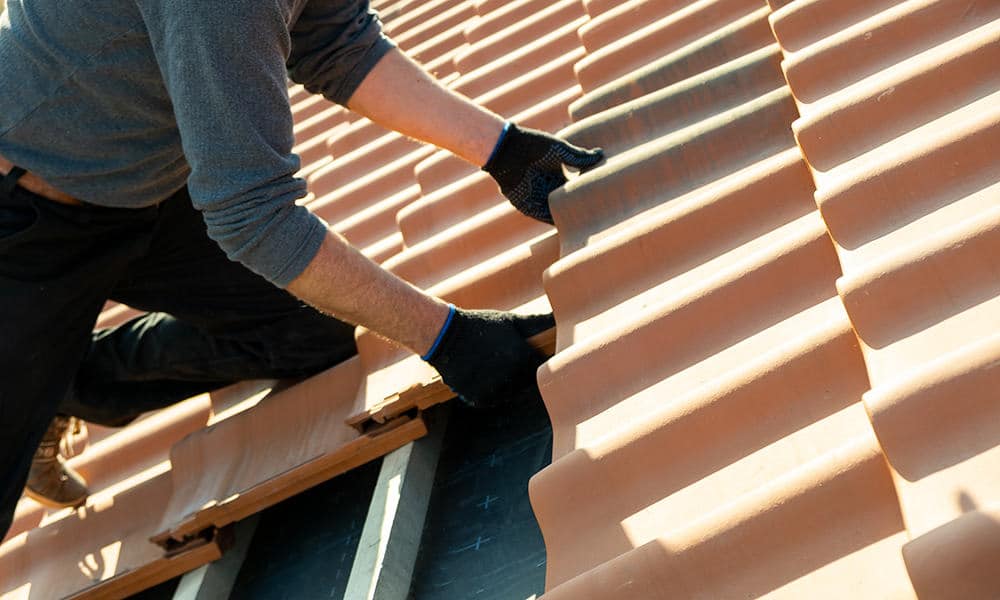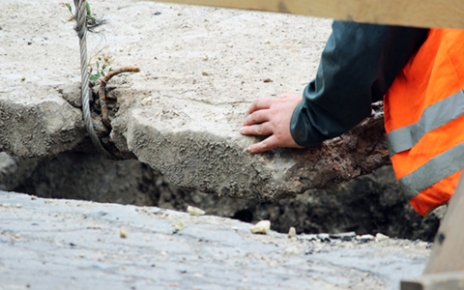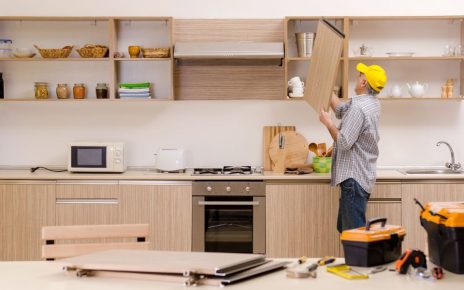The roof is an important part of your business premises when it comes to security. An installed commercial roof not only protect your building against unfavorable weather conditions, but it also enhances energy efficiency and increases the value of your building. When you are thinking of installing commercial roof, it is important to understand the process and what to expect so that you make informed decisions that are beneficial in the long run to your business.
1. Evaluating Your Roofing Requirements
Before any commercial roof is installed, a proper inspection and evaluation of the structure of your building is carried out. The size of the property, the nature of business operations, insulation needs, and weather conditions of the area are all taken into consideration. An example is that when your business is located in a place that receives a lot of rain, then you might need to add other installations like proper drainage and repair of rain gutters.
2. Selecting The Appropriate Roofing Material
There are many different roofing materials that are used in commercial buildings, and the best one is dependent on your budget, personal taste, and requirements. Popular ones are TPO, EPDM, metal roofing, and modified bitumen. Materials have their respective benefits regarding durability, maintenance and energy efficiency. A professional Sunnyvale roofer will help you choose the most appropriate material to be used in your building.
3. Employment of Professional Installers
The quality of installation has a great influence on the life and effectiveness of your roof. This is the reason why it is necessary to employ certified and experienced roofers such as Campbell Roofing in Sunnyvale CA. Their group is aware of the unique problems that commercial buildings present and has solutions to satisfy local building codes and climatic needs.

4. The Installation Process
The installation process is usually carried out by the removal of the old roofing system (in case of necessity), preparing the surface, installing layers of insulation, and securing the new roof membrane. The job should be carried out under the safety levels and weather conditions. Depending on the size and complexity of a project, timelines may be different; however, a good roofing contractor will keep you in the know.
5. The Significance of Continuous Maintenance
After installation, your commercial roof is supposed to be checked frequently to identify small problems before they turn into big problems. This will involve leakage inspection, seals and flashing inspection and timely rain gutter repair where necessary. Regular servicing guarantees long life and saves you money over the long term.
Conclusion
Quality commercial roof installation is a good investment for any business. When you have the proper planning, materials and professional installation, your property will remain safe and useful for years. Enlisting the services of reputable contractors such as Campbell Roofing in Sunnyvale CA will give you peace of mind in the long run.





